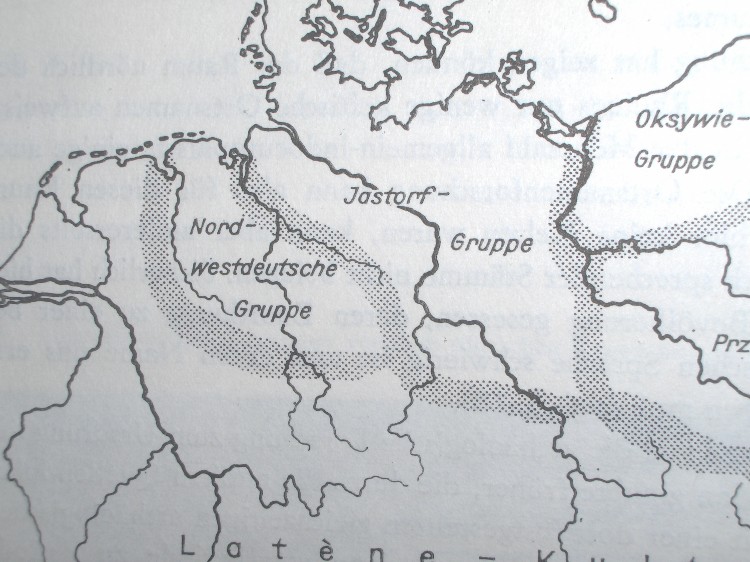Sile
Banned
- Messages
- 5,110
- Reaction score
- 582
- Points
- 0
- Location
- Australia
- Ethnic group
- North Alpine Italian
- Y-DNA haplogroup
- T1a2 -Z19945..Jura
- mtDNA haplogroup
- H95a1 ..Pannoni
a new paper ( 2014) states the following mtdna ( 10 graves ) but they fail to test the males for ydna
2 x K1*
I1a
H
V
K1a
H14a
H11a
HV
U5a1
Social differentiation and land use at an Early Iron Age “princely seat”: bioarchaeological investigations at the Glauberg (Germany)
Abstract
Excavations at the late Hallstatt/early La Tène (6th–4th century BC) “princely seat” of the Glauberg (Hesse, Germany) revealed exceptionally furnished graves in monumental mounds, simple inhumations in associated ditches and non-normative burials of up to eight individuals in conical storage pits. The study presented here addresses bioarchaeological characteristics of these burials and their implications for social differentiation and the sphere of influence of the “princely seat”. It includes osteological, aDNA, and multi-isotope analyses of 27 human individuals and faunal remains. One of the outstandingly rich graves (tumulus 1/grave 1) contained the skeleton of a young man (the “prince”) who consumed a superior diet based on C3 plants that also included considerable amounts of animal protein. The oxygen isotope composition of his enamel is characteristic for the study area, while the strontium isotope data reflect connections beyond the near environs of the “princely seat” and a conceivable non-local origin. The individuals in the conical pits had numerous joint lesions, indicating a strenuous lifestyle. They lack evidence for maternal relationships and differ from the “prince” and other Iron Age burials due to substantial millet consumption and rather low shares of animal protein. Their heterogeneous strontium isotope ratios suggest connections to the western Wetterau area, where settlements may have formed the economic hinterland of the Glauberg hillfort. The results reflect both the role of the “princely seat” in the wider regional context and Early Iron Age social complexity.
2 x K1*
I1a
H
V
K1a
H14a
H11a
HV
U5a1
Social differentiation and land use at an Early Iron Age “princely seat”: bioarchaeological investigations at the Glauberg (Germany)
Abstract
Excavations at the late Hallstatt/early La Tène (6th–4th century BC) “princely seat” of the Glauberg (Hesse, Germany) revealed exceptionally furnished graves in monumental mounds, simple inhumations in associated ditches and non-normative burials of up to eight individuals in conical storage pits. The study presented here addresses bioarchaeological characteristics of these burials and their implications for social differentiation and the sphere of influence of the “princely seat”. It includes osteological, aDNA, and multi-isotope analyses of 27 human individuals and faunal remains. One of the outstandingly rich graves (tumulus 1/grave 1) contained the skeleton of a young man (the “prince”) who consumed a superior diet based on C3 plants that also included considerable amounts of animal protein. The oxygen isotope composition of his enamel is characteristic for the study area, while the strontium isotope data reflect connections beyond the near environs of the “princely seat” and a conceivable non-local origin. The individuals in the conical pits had numerous joint lesions, indicating a strenuous lifestyle. They lack evidence for maternal relationships and differ from the “prince” and other Iron Age burials due to substantial millet consumption and rather low shares of animal protein. Their heterogeneous strontium isotope ratios suggest connections to the western Wetterau area, where settlements may have formed the economic hinterland of the Glauberg hillfort. The results reflect both the role of the “princely seat” in the wider regional context and Early Iron Age social complexity.



